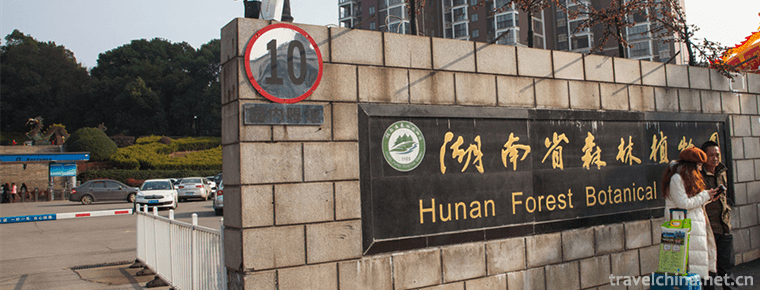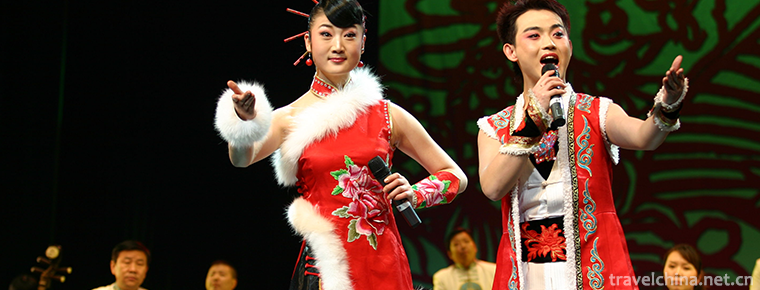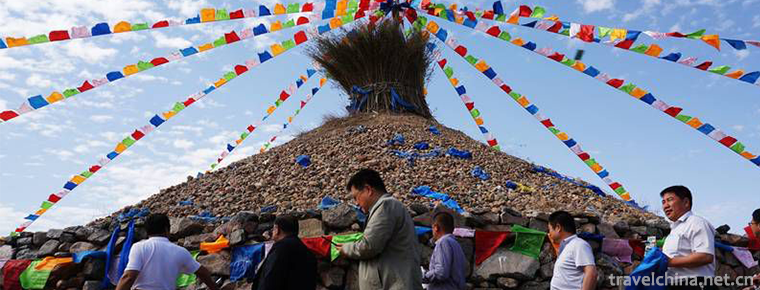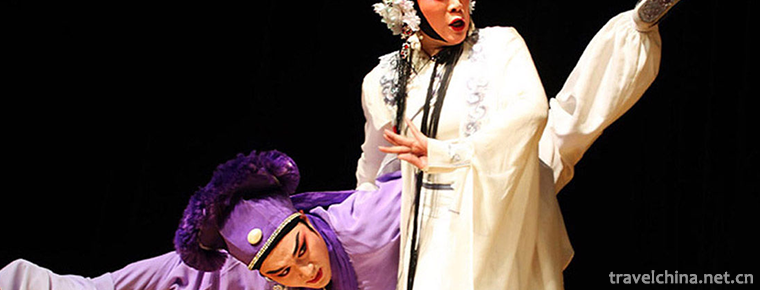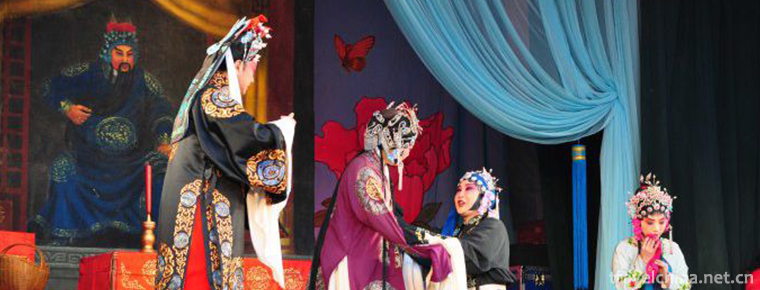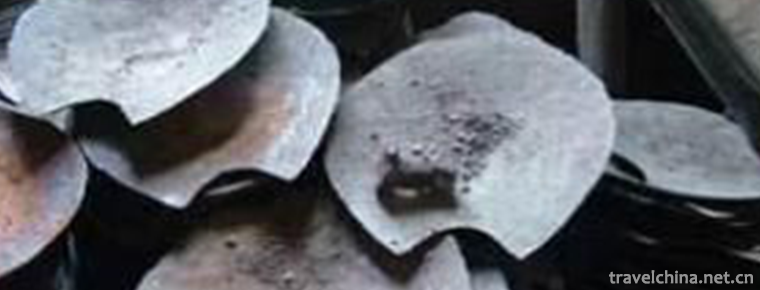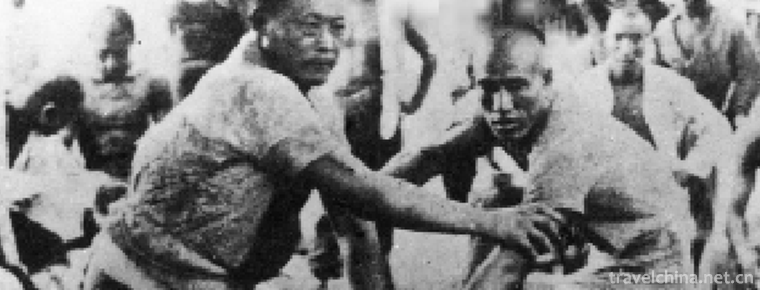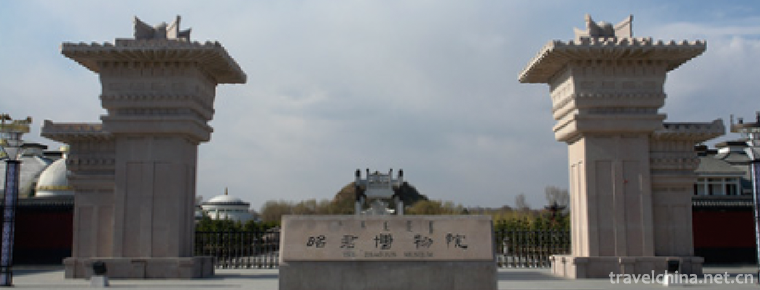Poop love song
Poop love song
In February 2006, a cultural census unexpectedly found "Poya Ge Shu" in Poya Village. Through expert research, 81 patterns in "Poya Ge Shu" have the character of words, and are one of the living pictorial characters in China. Poya Geshu has been handed down from generation to generation. It is a collection of folk songs that record the love songs of the Zhuang nationality on the earth cloth with primitive pictorial characters. There are 81 patterns, each of which represents a love song. The whole song collection records the emotional process of a young man and a young woman from meeting, knowing, falling in love and growing old together. Song books are well protected in the village. At present, people in the village who can read the graphic symbols of song books are as young as teenagers and as old as 85 years old. Some scholars call it "the first picture song book in the world".
On May 23, 2011, the Poya Love Song declared by Funing County of Yunnan Province was listed in the third batch of national intangible cultural heritage list with the approval of the State Council.
primary coverage
The tune names of Zhuang folk songs are generally divided into Zhuang language names and local Chinese names. The name of Zhuang language is usually named "Phene" (Shazhi) or "Lun" (Nongzhi), "Phene" or "Lun" is the meaning of Chinese "folk songs" and "singing"; and then the tune names, such as "Phenol eh eh" are folk songs with the keyword "eh eh", so this tune is called "Phenol eh eh eh". The names of folk songs are generally distinguished according to the following situations: first, they are named after popular places; second, they are named after the linings in folk songs, such as "phen eh-eh" singing with the lining "eh-eh", and "phen-eh-eh" ending with the lining "hey-eh-eh-eh"; third, they are named by singing methods, such as "phen sheet", "single" having the meaning of chanting and reciting, and fourth, they are called "reciting tune" in Chinese; Naming occasions such as "phenol leak", "leak" or "waterlogging" is wine, a toast song sung at a gathering of relatives and friends.
The popular and typical tunes among the people are:
1. "Phenol eh-eh", which is known in Chinese as "Jiaochao Mountain Song", is mainly popular in the villages of the Zhuang nationality in Jiaochao Town and its surrounding towns. Except for the elders, the middle-aged and young people of the Zhuang nationality can sing.
2. "Phenol Feed Hi-hee", which is called "Huajia Mountain Song" in Chinese, is mainly spread in Huajia Township, Ayi Township and Xinhua Town in Funing County, and Babao Town in Guangnan County.
3. "Phenol Central Fine" is called "Tianbao Mountain Song" in Chinese, which can be divided into "Shangjia Diao" and "Xiajia Diao", which are mainly spread in villages inhabited by Zhuang Nongzhi families such as Peiao Town, Gula Township, Naneng Township, Zisang Township, Guichao Town and Banlun Township.
4. "Phenolic labor" is called "Dahe Diao" in Chinese. It is mainly spread in Zhuangs villages such as Peiao Town, Naneng Township, Gula Township, Huajia Township and Ayi Township. According to the region, "phenol waterlogging" can be divided into two singing styles: "stripping off the parcels of phenol to work" and "using phenol to work".
5. "Phenon Central", known in Chinese as "Langheng Mountain Song", is a popular folk song with beautiful melody and singing by women and children. It mainly spreads in Langheng Township, Banlun Township and the surrounding villages and villages of the Zhuang nationality.
6. "Fenyayu", also known as "Fenbaibo", is called "Duihe Diao" in Chinese. They are distributed in Zhuang villages in Huajia Township and Ayi Township. Its melody is simple and its rhythm is gentle.
7. "Phenolic Mango" is translated as "Song under the Fruit Tree" in Chinese. Mainly popular in the town of Peiao and Naneng, the melody is beautiful, calm and soothing.
8. "Phenolic Dance" is translated in Chinese as "reciting intonation". Popular in all the settlements of the Zhuang nationality in Funing, it is a widely distributed folk song of the Zhuang nationality.
9. "Phenolic Biao Biao" is called "Old Tie" in Chinese. It is mainly popular in Zhuangs villages such as Peiao Town, Naneng Township and Zhisang Township.
10. "Phenol dam broadcasting" is called "Babao Mountain Song" in Chinese. The Zhuang language "Babao broadcasting" is the Babao Town in Guangnan County. The tune is popular in Babao Town and surrounding villages.
11. "Wuying Bamei" is called "Bamei Mountain Song" in Chinese. The melody is mainly popular in the towns around Bamei Township, a famous tourist scenic spot in Guangnan County.
12. "Phenolif" is called "Banbang Beng Mountain Song" in Chinese. The tune is popular in Banbang Beng Township and surrounding towns in Guangnan County.
Most of the folk songs of the Zhuang nationality in Wenshan area are static singing without limb movements. They have their own unique singing characteristics and styles. First, they are clear and transparent in tone, gentle and sweet. They are not only like a clear flowing spring, but also like what folk singers say: "Like glutinous rice, they are very soft and waxy." This has a lot to do with the language of the Zhuang people. The Zhuang language has seven tones and speaks like singing. Of course, if it is in the field, the Zhuang folk songs also have a high-pitched (false voice) singing method, high-pitched and bright pronunciation, very rich mountain characteristics. Secondly, in some tunes, there are two voices and multi-voice singing methods. The Zhuang language is called "Song Fen Donggang", which means that two voices blend. For example, one voice part is a euphemistic flowing melody, while the other part is a shivering long-lasting Boeing. Sometimes there is a large second interval between the two voices, which is strictly prohibited in European music theory, because the second-degree interval is considered to be disharmonious, but Zhuang folk singers think it is good to listen to. Sometimes, when male and female voices are singing together, due to the difference of range and area, they sometimes form a harmonious or disharmonious double part of four or five degrees, which is also forbidden in European music theory because it blurs the mode and is called parallel four or five degrees or empty four or empty five degrees. But among the Zhuang people, this is a very natural and reasonable singing method. Also, due to the differences among the singers, when singing to each other, the response of another singer will produce natural tone shifts of second, third or fourth or fifth degrees, which is also very common. In Zhuang operas, Dai operas and folk songs of many ethnic groups, such as Dali Bai tune, there are also situations in which male and female voices sometimes have four or five degrees of relationship. The formation of this artistic style and singing style comes from the different aesthetic pursuits of people of all nationalities and from the summary of artistic practice.
Current situation of inheritance
Farmers and phoenixes can sing Poya love songs in four tunes, namely "Dahe Bian Tune", "Er Ya Tune", "Gema Tune" and "Praise Tune". Each singing method has different charm and different singing style. She is recognized by the surrounding Zhuang people as a strong singer. She is not only proficient in the songs in Poya Geshu, but also very familiar with other subjects of the Zhuang people, such as production work song, meeting song, temptation song, praise song, love song, farewell song, farewell song, guest song, interrogation song, bitter song, celebration song, family song, elder song, blessing song and so on. She often knows about them. In the traditional festivals of "March 3rd" and "Long Duan Festival", people sing songs, and are often invited to perform as a master of ceremonies by the surrounding villages. They have also participated in various literary and artistic performances in provinces, counties and villages and produced folk songs and records. In the village, she passed on her skills of singing folk songs and the writing method of Poya Song Book to the children. Her practice has been widely praised and recognized by the society.
Nong Feng-mei, who is proficient in Zhuang folk songs, especially in collecting and mastering Poya Ge Shu, has aroused strong repercussions in society: Huang Jianming, vice-president of the Chinese Society for Ancient Chinese Characters and vice-director of the Center for Chinese Minorities Studies of the Central University for Nationalities, came to visit on July 28, 2006; Huang Jianming, a researcher, accepted Yunnan TV's Topic Today in 2006. 》 The column group interviewed and broadcasted, and in 2009 received an interview from CCTV's "Exploration and Discovery" column, which was released in more than 10 countries and regions, such as CCTV, the United States, the United Kingdom and so on. It has aroused worldwide attention to Poya Ge Shu of China.
Inheritance Significance
The academic research value and development value of Poya Geshu. Character is the carrier and manifestation of a nation's history and culture, and it is also an inseparable part of the nation's history and culture. Language and writing of nationalities have distinct national or regional cultural characteristics and humanistic connotations, reflecting the historical origin, psychological characteristics, mode of thinking, values, ethical norms and aesthetic worship of different nationalities. Through language phenomena and language structure, we can reveal the cultural individuality of different nationalities. Poya Geshu has high academic value and research value. Whether it is studied from the perspective of philology itself, sociology, anthropology, ethnology, aesthetics and literature, it has broad research space. As far as philology itself is concerned, it is quite practical to call the graphic symbols of Poya Geshu as pictorial characters. Judging from the nature and characteristics of pictorial characters, it is not necessarily a picture with one sound, some are polyphonic, or represent a word and sentence, or even tell a beautiful story. The pictorial characters written on the song books only serve as a memorial symbol. It is self-evident that this is a kind of inheritance mode, which combines the production and life scene of "expressing meaning by expression" with oral chanting, and is mainly oral transmission and supplemented by Atlas recording. In other words, it is a process of word-making. In the early days of word-building, it was difficult to separate painting from character, that is, the so-called word-painting homology. It is only after a long period of time that painting develops to the hieroglyphic, pictorial, ideographic and borrowed words. Therefore, we can also understand that Poya Geshu is a special phenomenon in the development of the Zhuang characters, a living way of cultural inheritance. From the literary point of view, "Poya Geshu" is also a beautiful collection of love folk songs, its style and form are greatly "Book of Songs" ancient style and artistic conception. The 81 love songs contained in the song book can be said to be the most important part of the folk songs of Funing and Zhuang. Eighty-one songs were sung in pairs, 40 for men and 40 for women, and the last one was a male and female chorus. Folk songs can be divided into five or four sentences to dozens of sentences. They have the rhyme rules of the end-waist rhyme, the end-rhyme and the end-rhyme commonly used by the Zhuang nationality. In terms of expressive techniques, a large number of analogy and Xing techniques are adopted, foretelling other things and then the original things. With narrative and Lyric techniques, the song book describes the whole process of a couple of young men and women from encounter to acquaintance, admiration to each other to love and know each other, and finally to live and die together. As depicted in the first song is a curve and a half months, in the way of self-narration, the song describes a young man standing in the shadow under the moonlight, lonely and helpless, lamenting himself and hurting his own life. It has the ancient flavor of "the moon is shining, the people are bureaucratic". It can be said that the folk songs contained in Poya Geshu can be regarded as the classic love singing in Funing Zhuang folk songs.

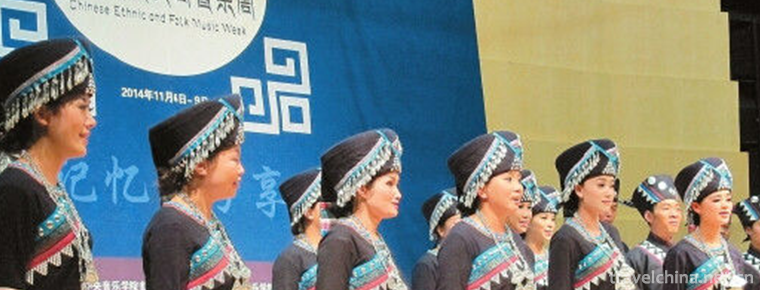
-
Hunan Forest Botanical Garden
Hunan Forest Botanical Garden, also known as Tianjiling National Forest Park and Changsha Botanical Garden, was established in 1985 with the approval of Hunan Provincial People's Government and is und.
Views: 78 Time 2019-01-16 -
Tibetan Cobalt Technology
Zhang Zhaxi, a Tibetan cobalt-smelting craftsman over half a century old, told reporters that he was just "catching its tail" when the craft was losing its popularity..
Views: 164 Time 2019-04-15 -
Song and dance duet
Errentai is commonly known as Dual Items, two classes. Originated in Shanxi and growing up in Inner Mongolia, it is a traditional opera popular in the central and Western Inner Mongolia Autonomous Reg.
Views: 129 Time 2019-04-29 -
Sacrifice Aobao
Aobao sacrifice is a traditional custom of Mongolian people, and one of the manifestations of prairie people's natural worship. Xilinguole League is a relatively complete.
Views: 135 Time 2019-05-05 -
Construction Techniques of Traditional Residential Buildings in Southern Fujian
South Fujian residential building technology is a unique traditional architectural technology originating in Quanzhou, which began in Tang and Five Dynasties, is the mainstream of ancient architectura.
Views: 153 Time 2019-06-05 -
Wenzhou opera
Ou Opera has a history of more than 300 years with "written warmth" as its stage language. The more influential traditional plays are Gao Ji and Wu Sanchun, Yanghe Pickup and the modern play.
Views: 89 Time 2019-06-08 -
Qu Opera
Opera is one of the traditional operas mainly spread in Henan Province. It was also called "Gaotai Opera" or "Quzi Opera" in the old days. Quju is popular in Henan Province and its.
Views: 87 Time 2019-06-11 -
Pig Iron Smelting and Casting Technology
Yangcheng pig iron casting technology was invented in the 6th century BC. Yangcheng pig iron smelting and casting technology in the smelting and casting process first crushed the ore, then roasted at .
Views: 290 Time 2019-06-14 -
Flyover wrestling
In the 1930s, when Peiping wrestling was very popular, Peiping wrestling was famous all over the country. At that time, the strongest wrestling master of Peiping overpass was Shen San (Shen Yousan), B.
Views: 372 Time 2019-06-21 -
Legend of Wang Zhaojun
Wang Zhaojun's legend is one of the local folklores in Xingshan County, Hubei Province. Wang Zhaojun, one of the four beautiful women in ancient China, is the embodiment of beauty, the messenger of pe.
Views: 113 Time 2019-06-26 -
Panzhihua famous specialty
The snacks in Panzhihua are mainly Sichuan flavor. The most popular snack in Panzhihua is mutton rice noodles. The rice noodles cooked by pure mutton soup, together with bean paste, pepper, millet and other seasonings, have a unique and representative flavor.
Views: 290 Time 2020-12-14 -
Population of Mianyang
By the end of 2018, the total number of households in Mianyang was 2 million 61 thousand and 800, and the registered residence population was 5 million 362 thousand. At the end of the year, there were 4.857 million permanent residents, with the urbanization.
Views: 110 Time 2020-12-14
